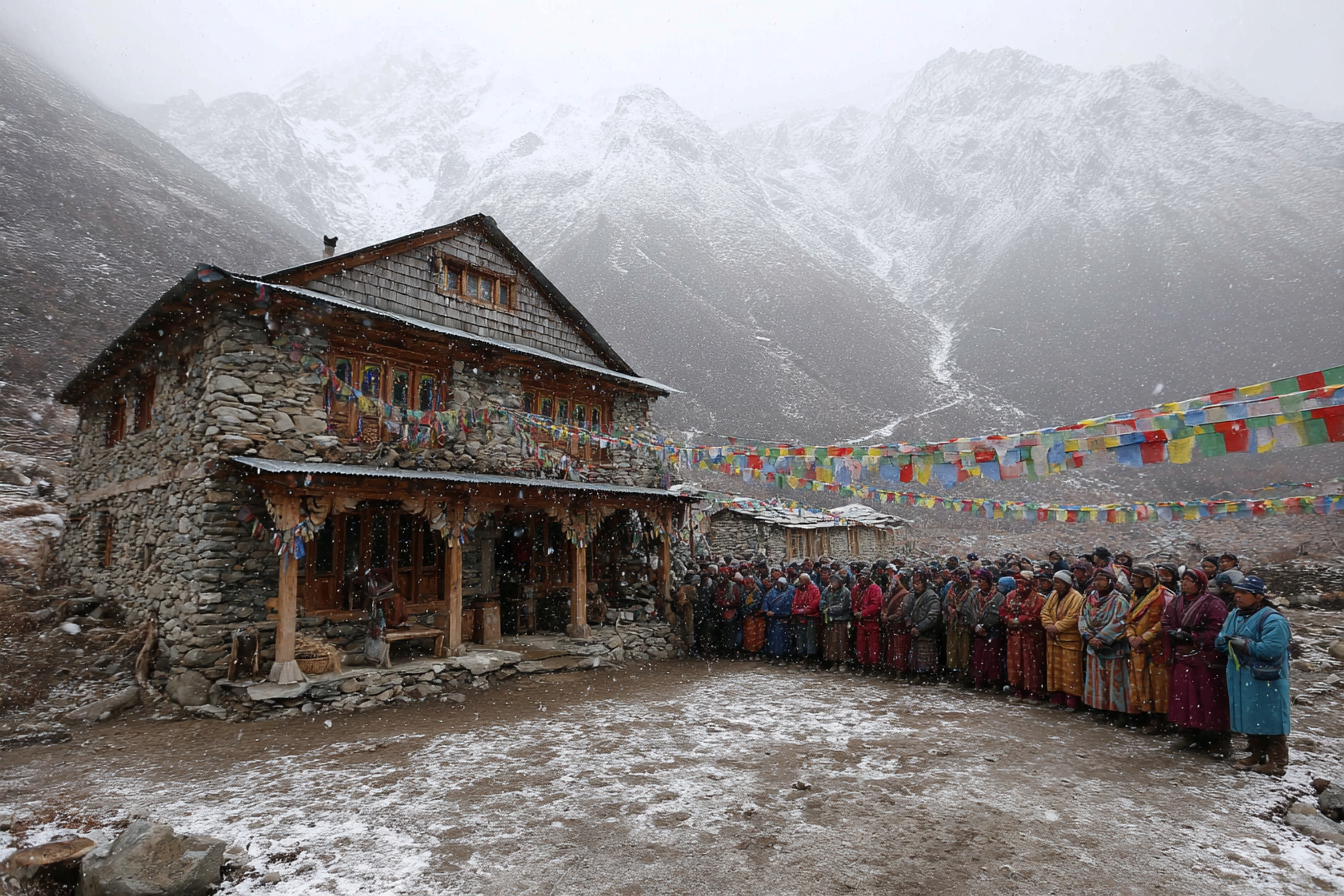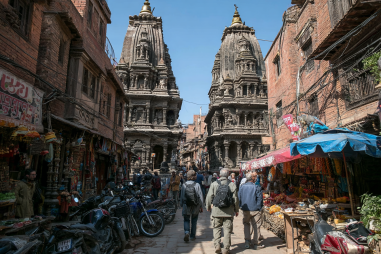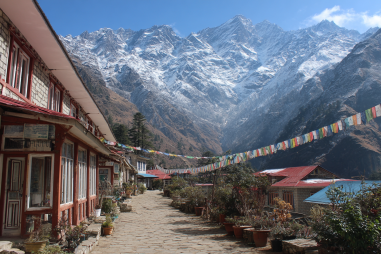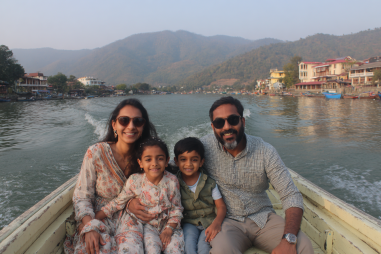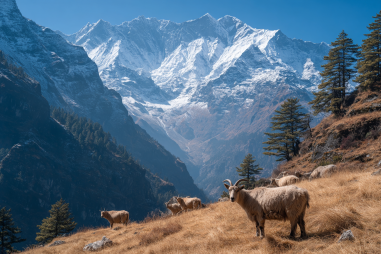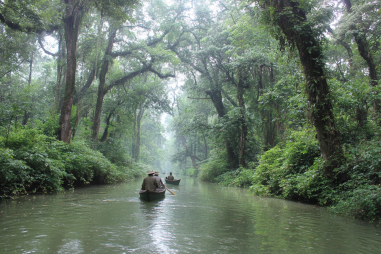The trek to Everest Base Camp is not just a journey through some of the world’s most breathtaking alpine landscapes; it’s also a gateway to experiencing the vibrant and enduring cultures of the local communities who inhabit the region. Trekking this route offers a unique opportunity to encounter the Sherpa people and other mountain villagers, whose traditions, lifestyles, and warm hospitality enrich the adventure far beyond the stunning views. Exploring these cultural aspects along the trail lets travelers connect with the heart and soul of the Himalayas in truly meaningful ways.
Introduction to Local Communities on the Trek
The Everest Base Camp trail winds through several villages, each inhabited by close-knit communities primarily composed of Sherpas, but also other ethnic groups such as the Rai and Tamang. These mountain dwellers have adapted to the harsh, high-altitude environment over generations, developing distinct languages, customs, and ways of life that are closely intertwined with the rugged landscape around them.
Most villages are perched on steep slopes or nestled in valleys, where fields of barley, potatoes, and buckwheat grow during the short summer. As trekkers make their way from Lukla towards the soaring peak, they pass through culturally rich settlements like Namche Bazaar, Tengboche, Dingboche, and Gorak Shep. Each stop offers a glimpse of daily routines and time-honored practices that have persisted despite modern influences.
Overview of Sherpa Culture and Traditions
The Sherpa people are perhaps the most well-known ethnic group along the Everest Base Camp trail. Originally from Tibet, Sherpas migrated south centuries ago and thrived in the Himalayan environment, becoming renowned mountain guides and porters for expeditions. Their culture is deeply influenced by Tibetan Buddhism, which shapes their values, social structure, and worldview.
Family and community are central to Sherpa life. Homes often consist of stone houses built to withstand cold winters, with family altars paying respect to local deities and ancestors. Hospitality is a cornerstone of Sherpa culture; visitors are welcomed warmly, often invited to share meals or tea.
Festivals and Religious Practices
The spiritual dimension of village life is evident in the many festivals and religious ceremonies celebrated throughout the year. The Sherpa community primarily practices Tibetan Buddhism mixed with elements of animism and Bon, the region’s ancient spiritual tradition.
One of the most famous celebrations is the Mani Rimdu festival, held in the Tengboche Monastery. This festival features vibrant cham dances performed by monks, ritual prayers for the well-being of the community, and an atmosphere that highlights faith and communal bonding. Other religious events might involve the creation of intricate sand mandalas, prayer flag ceremonies, and daily rituals involving prayer wheels and mantras. Pilgrims often ascend to sacred sites near the trail to seek blessings and protection.
Typical Village Life and Economy
Life in Everest’s villages revolves around subsistence farming, animal husbandry, and increasingly, tourism. The growing trekking industry has transformed many communities, providing new sources of income through lodges, teahouses, souvenir shops, and guiding services. However, traditional livelihoods remain vital. Farmers tend to crops adapted to the short growing season and raise yaks, which serve as pack animals, provide milk, and yield wool for clothing.
Villagers maintain close-knit social ties with shared responsibilities around festivals, crop work, and community decision-making. Education and infrastructure have gradually improved but still present challenges given the region’s remoteness.
Interaction Tips and Cultural Etiquette
To fully enjoy and respect the cultural richness of the Everest region, it’s important to approach interactions with awareness and sensitivity. Here are some tips for polite and meaningful encounters:
- Ask for permission before taking photos: Many villagers are happy to be photographed, but it’s courteous to ask first, especially when children or religious contexts are involved.
- Respect religious sites and customs: Remove hats, walk clockwise around stupas, and avoid touching sacred objects unless invited.
- Learn a few local greetings: Simple phrases in Sherpa or Nepali like “Tashi Delek” (a traditional Tibetan greeting) can create goodwill.
- Dress modestly: This shows respect for local norms, especially when visiting monasteries or attending ceremonies.
- Support local businesses: Buying handcrafts or dining in local teahouses helps sustain the villages economically.
Impact of Tourism on Local Culture
The surge in trekking tourism has brought both opportunities and challenges to Everest’s indigenous communities. While tourism has created jobs and improved infrastructure, it also risks cultural dilution and environmental strain. Traditional lifestyles sometimes compete with commercial pressures to cater to visitors, and the influx of outsiders can affect local customs.
Efforts to balance tourism with cultural preservation are ongoing. Many Sherpa-led organizations emphasize sustainable tourism that respects the environment and cultural identity. Community leaders and guides often educate visitors about local practices to minimize intrusive behavior, fostering mutual respect and enrichment.
Opportunities for Cultural Experiences
The trek itself is a living museum of Sherpa and Himalayan culture, but there are several ways travelers can deepen their understanding and appreciation:
- Visit monasteries: Tengboche Monastery is the largest and most visited, offering opportunities to witness daily rituals and festivals.
- Participate in community homestays: Staying with local families can provide firsthand insight into daily life, food, and customs.
- Attend a festival: Timing your trek with a cultural event can be an unforgettable experience.
- Engage with local guides: Sherpa guides are invaluable cultural ambassadors eager to share stories and traditions.
- Explore handicrafts and cuisine: Sampling local dishes like momo (dumplings) or tea strengthens cultural connections.
Embracing the Cultural Richness on the Trail
Exploring the Everest Base Camp trail is as much about discovering human heritage as it is about marveling at natural wonders. The villages and their people bring to life centuries of tradition, faith, and resilience under one of the world’s most challenging environments. By approaching the trek with an open heart and respectful curiosity, travelers can forge lasting bonds with the Sherpa and other mountain communities, enriching their adventure beyond the summit.
Immersing yourself in the local culture offers a profound appreciation for how these communities have thrived amidst towering peaks and cold winds, preserving a unique way of life that continues to inspire visitors from all corners of the globe.

